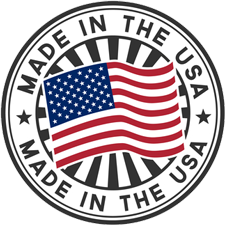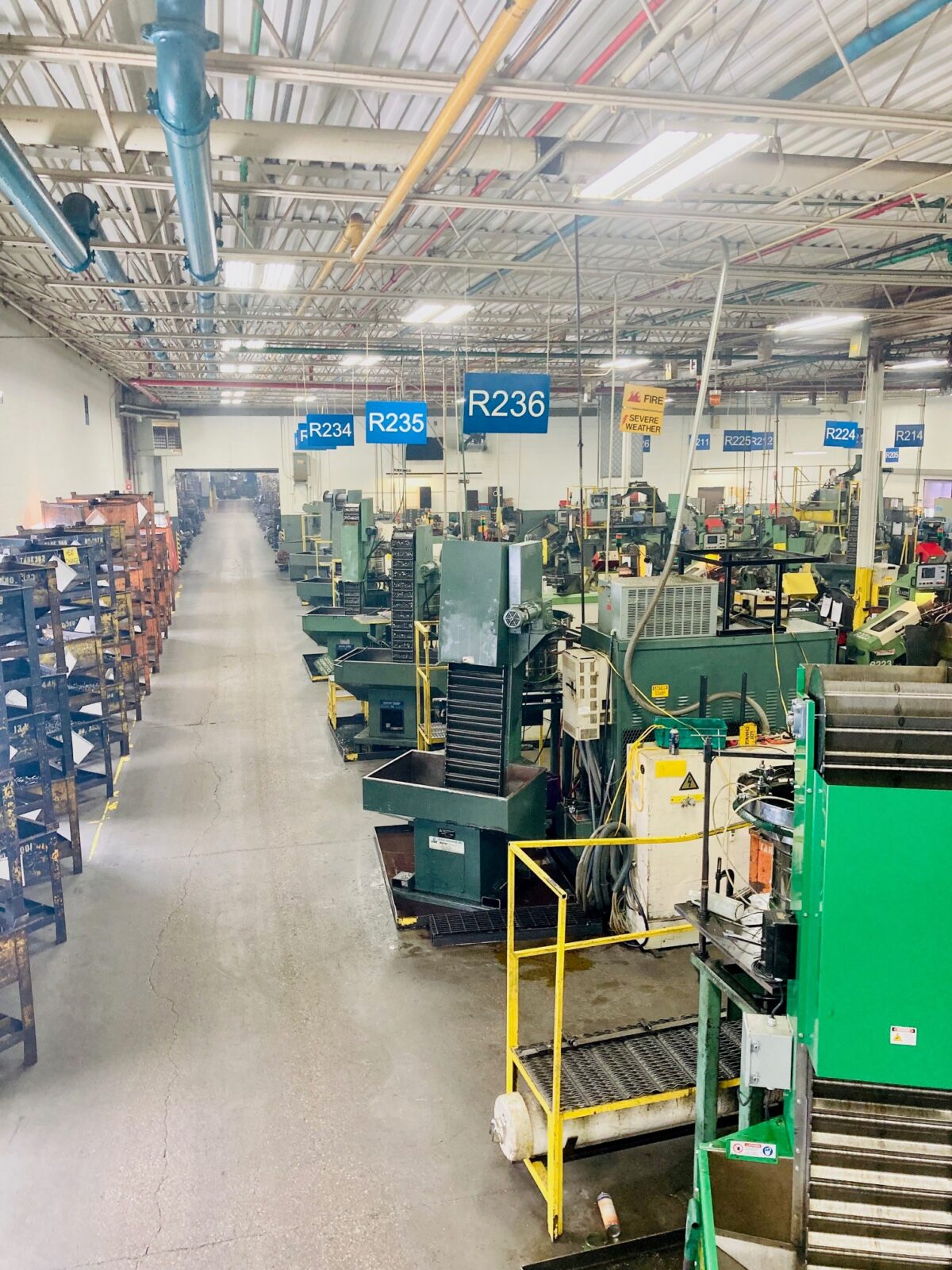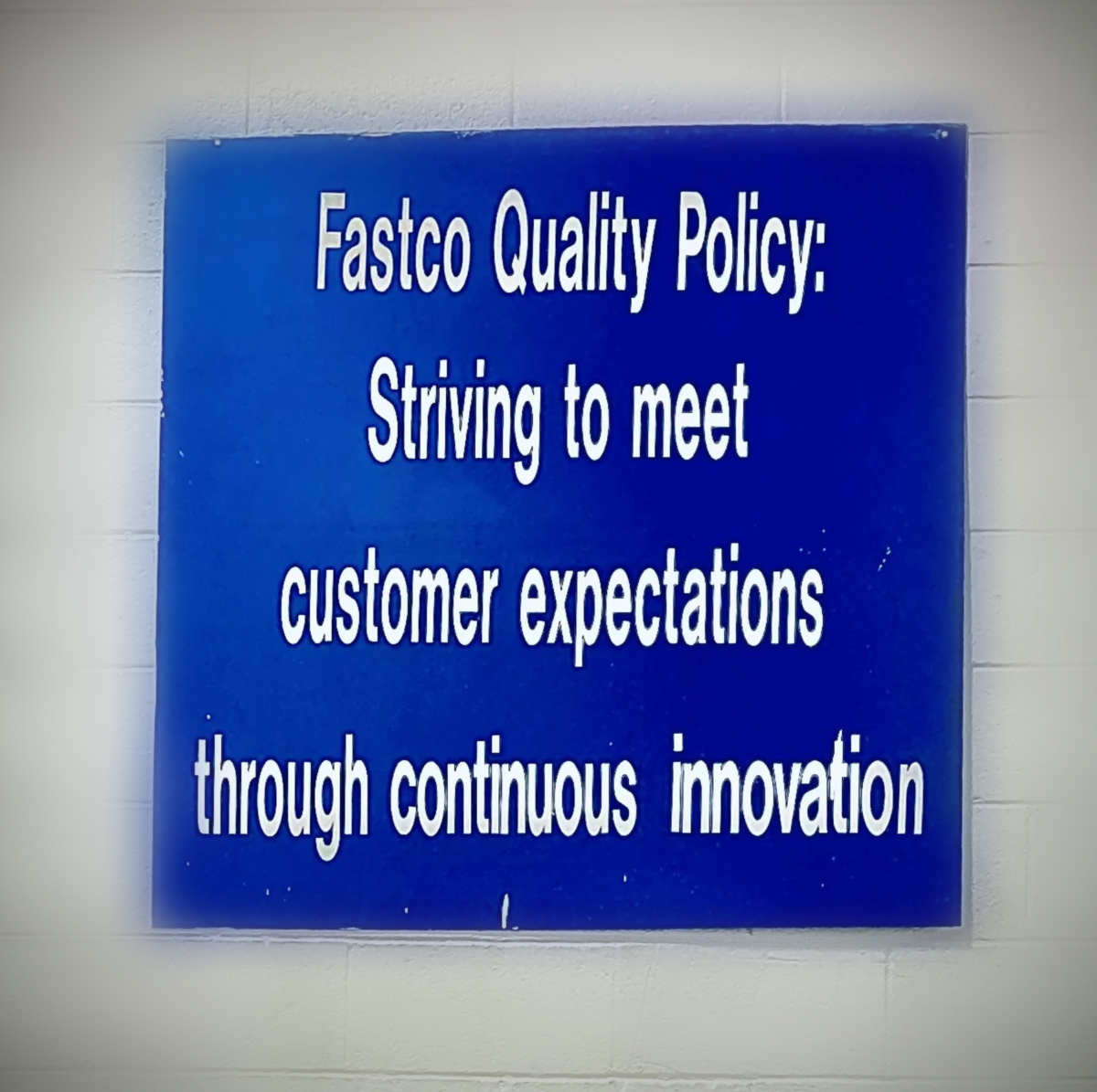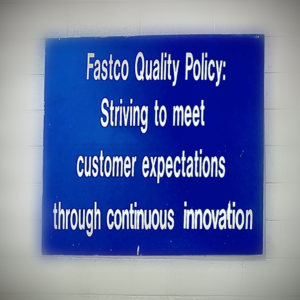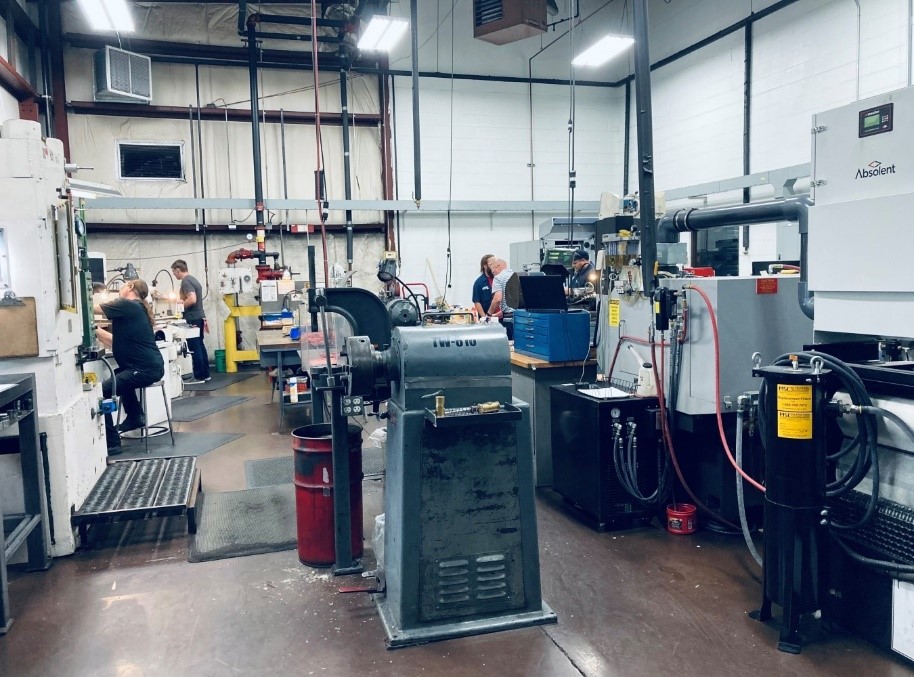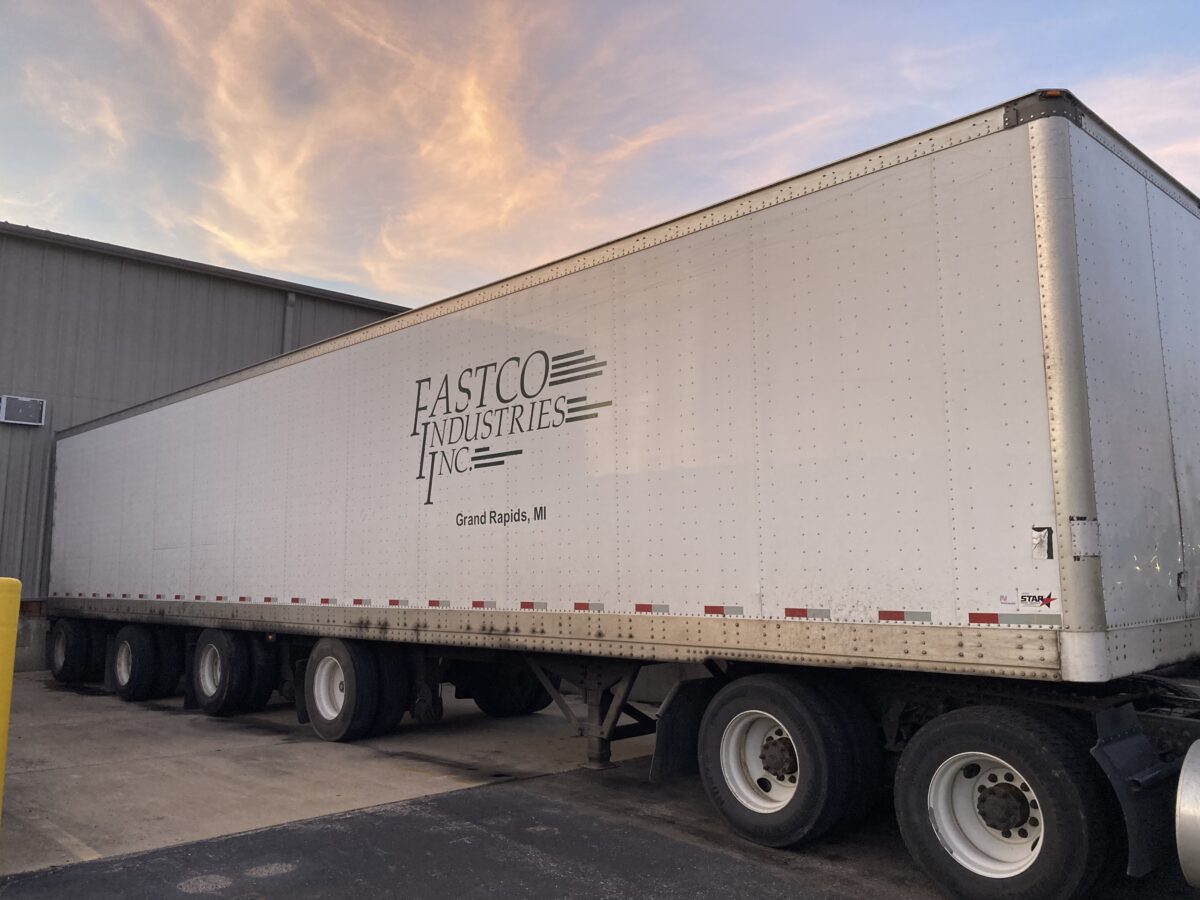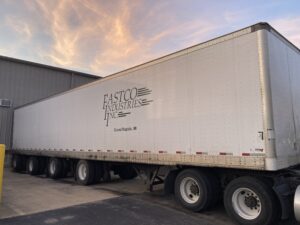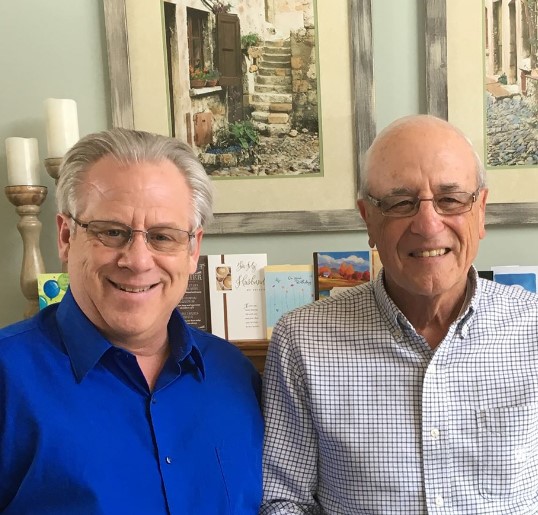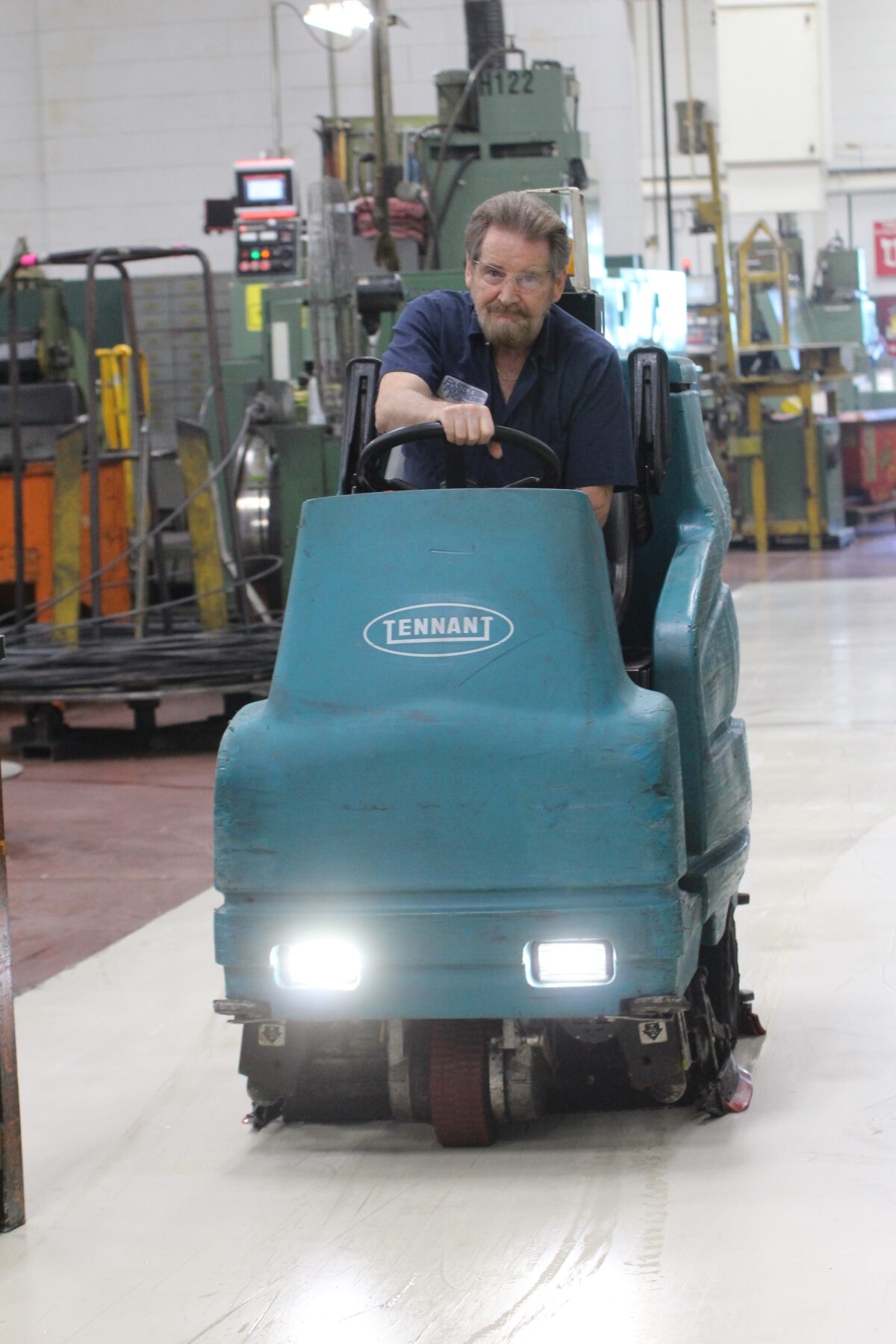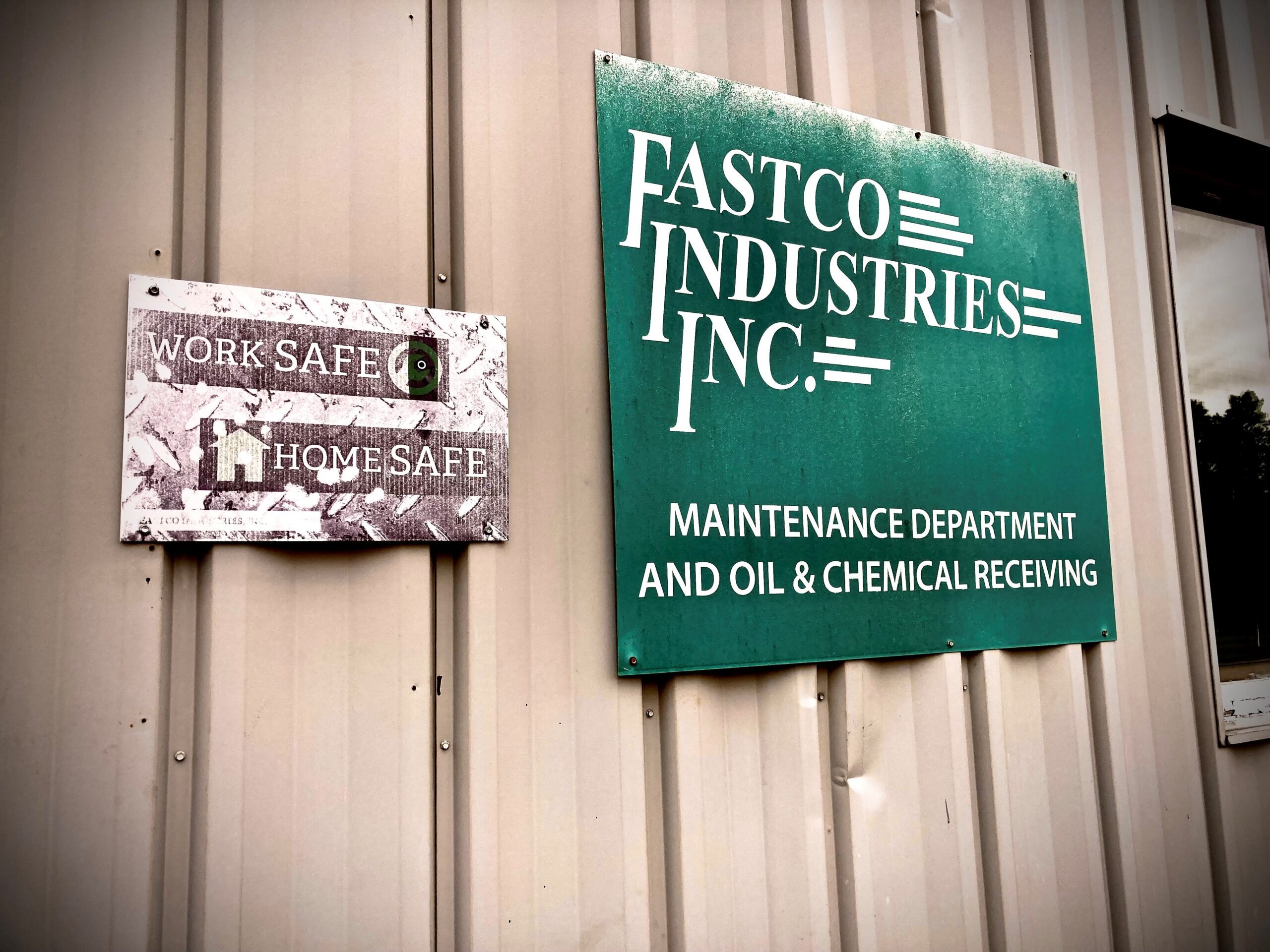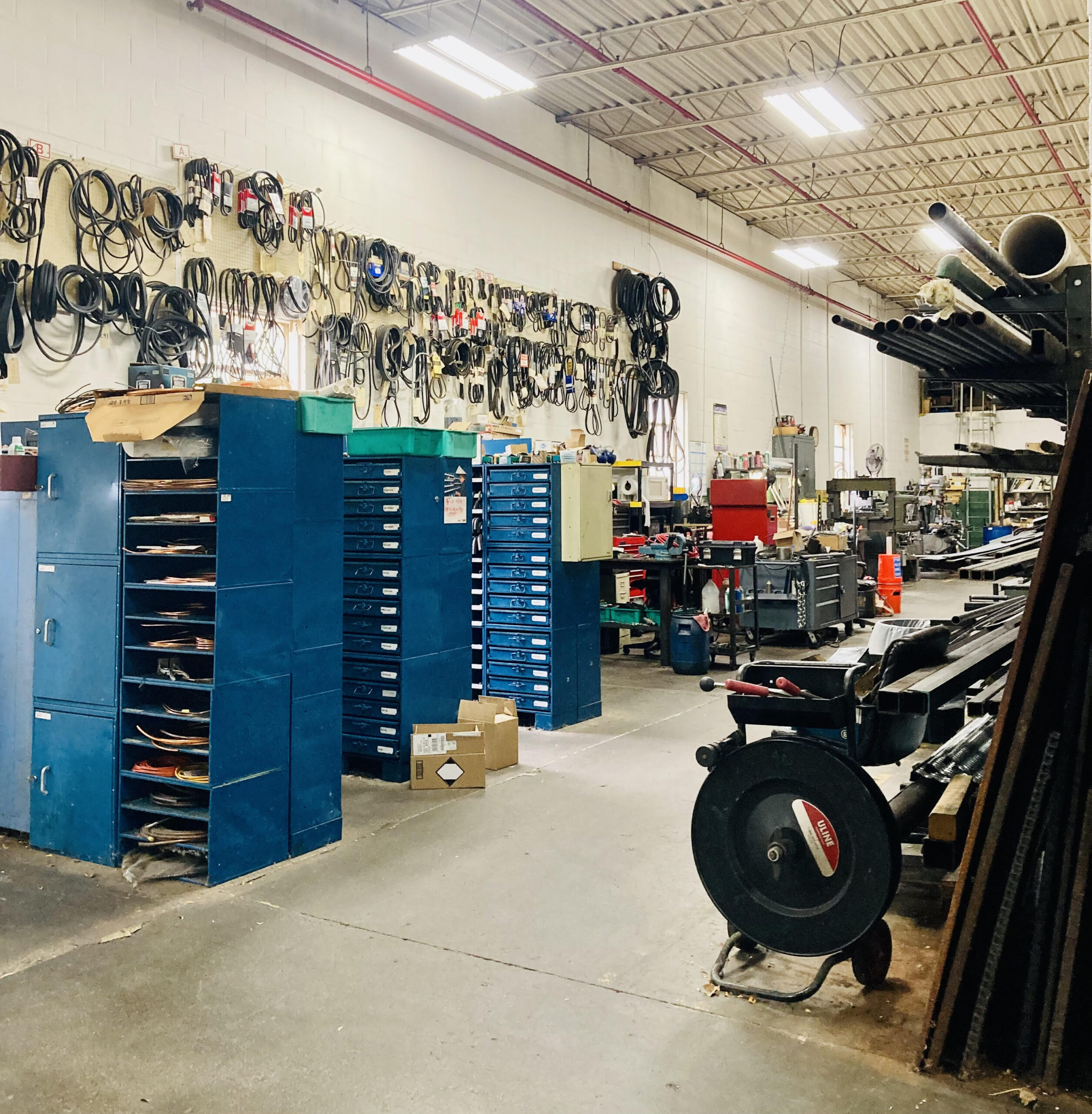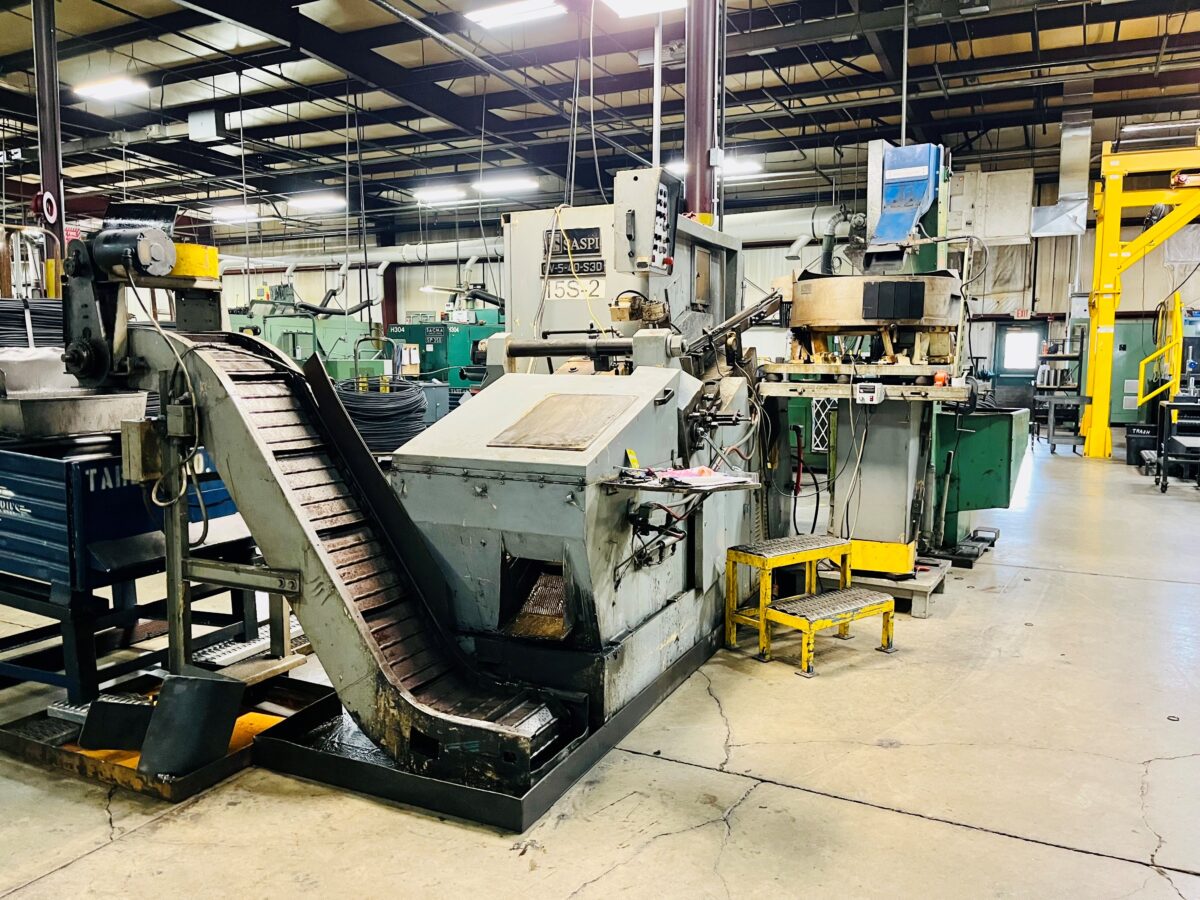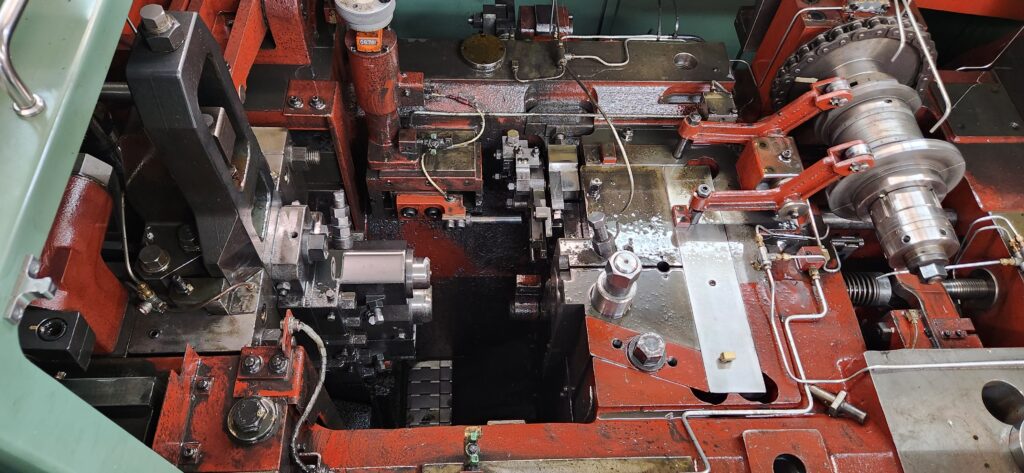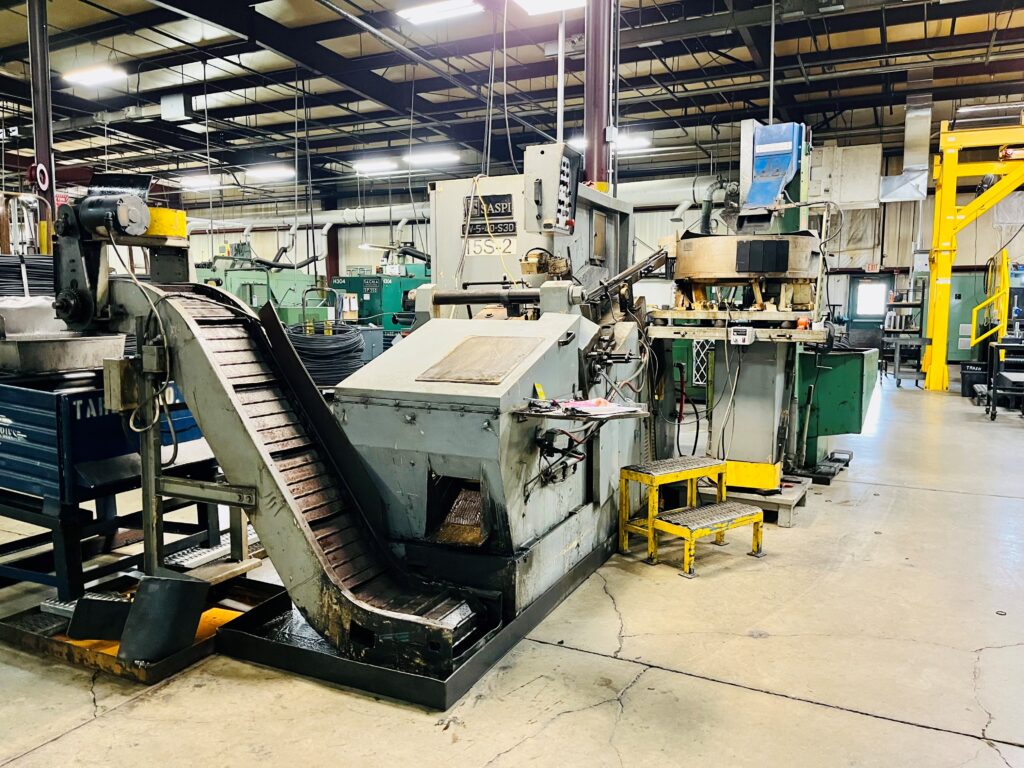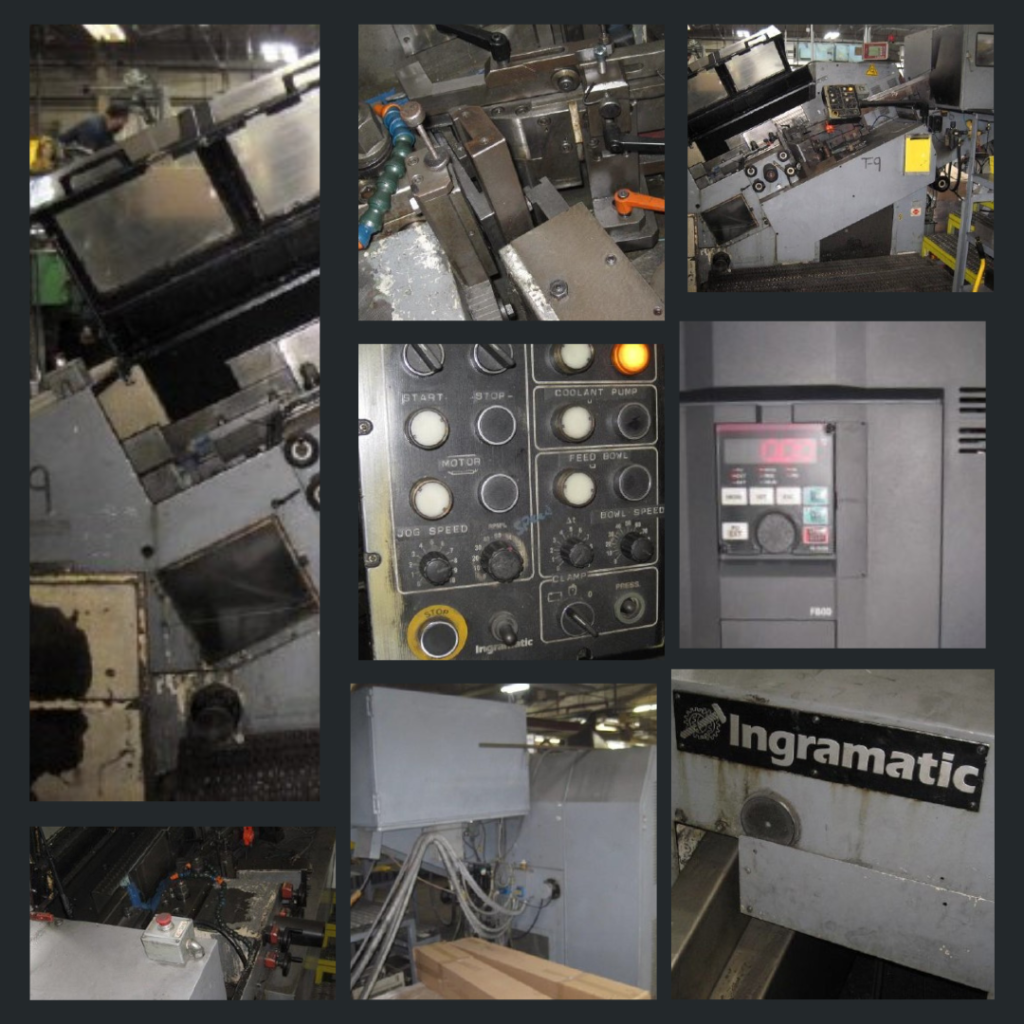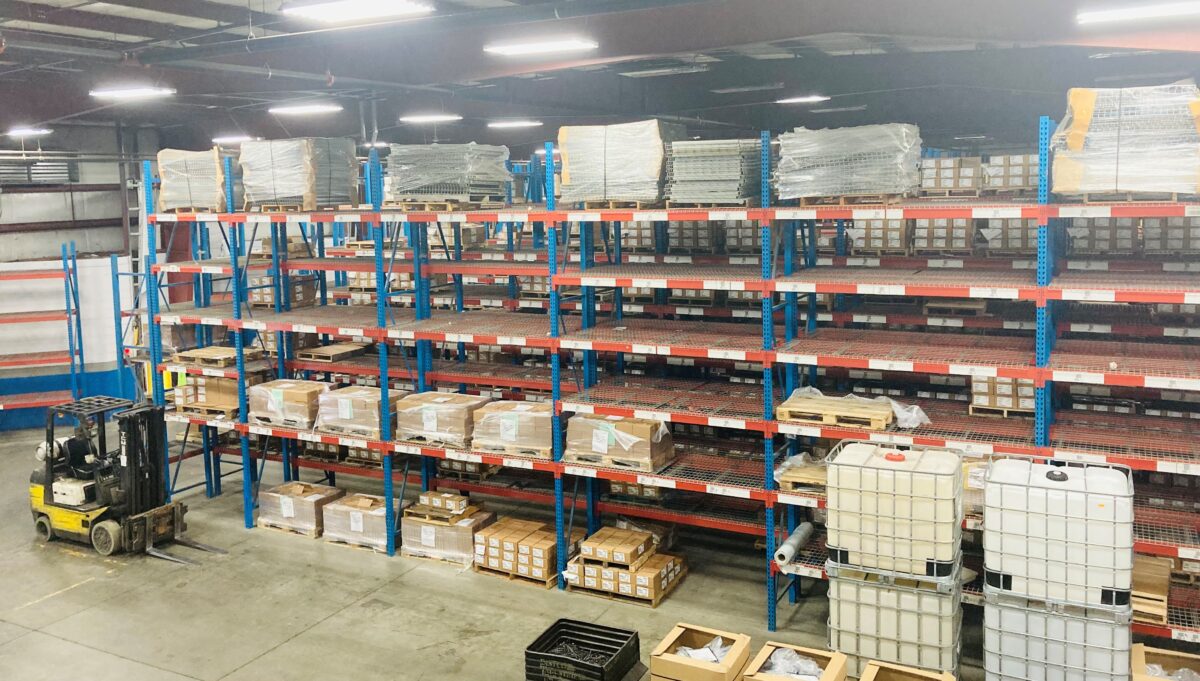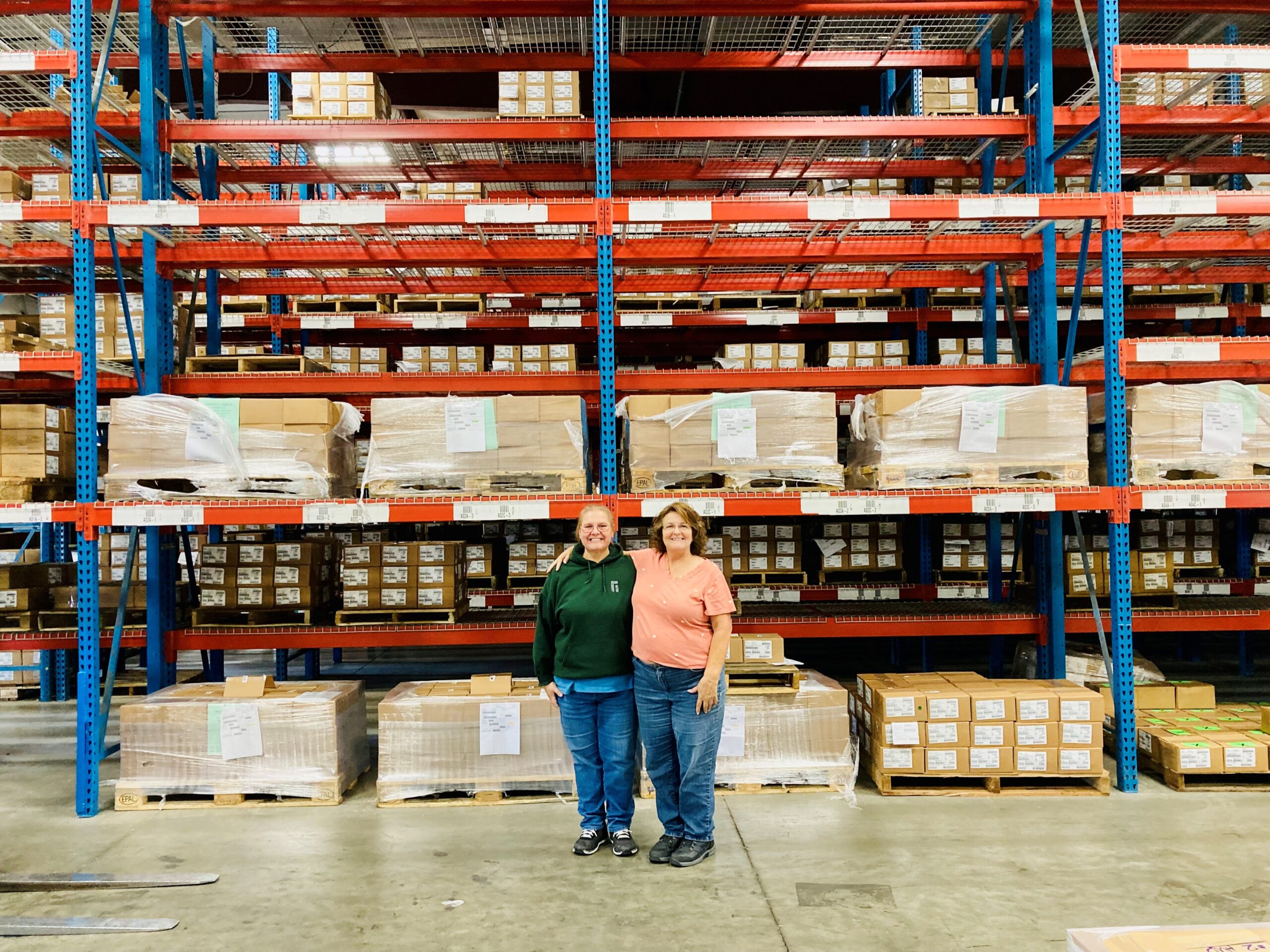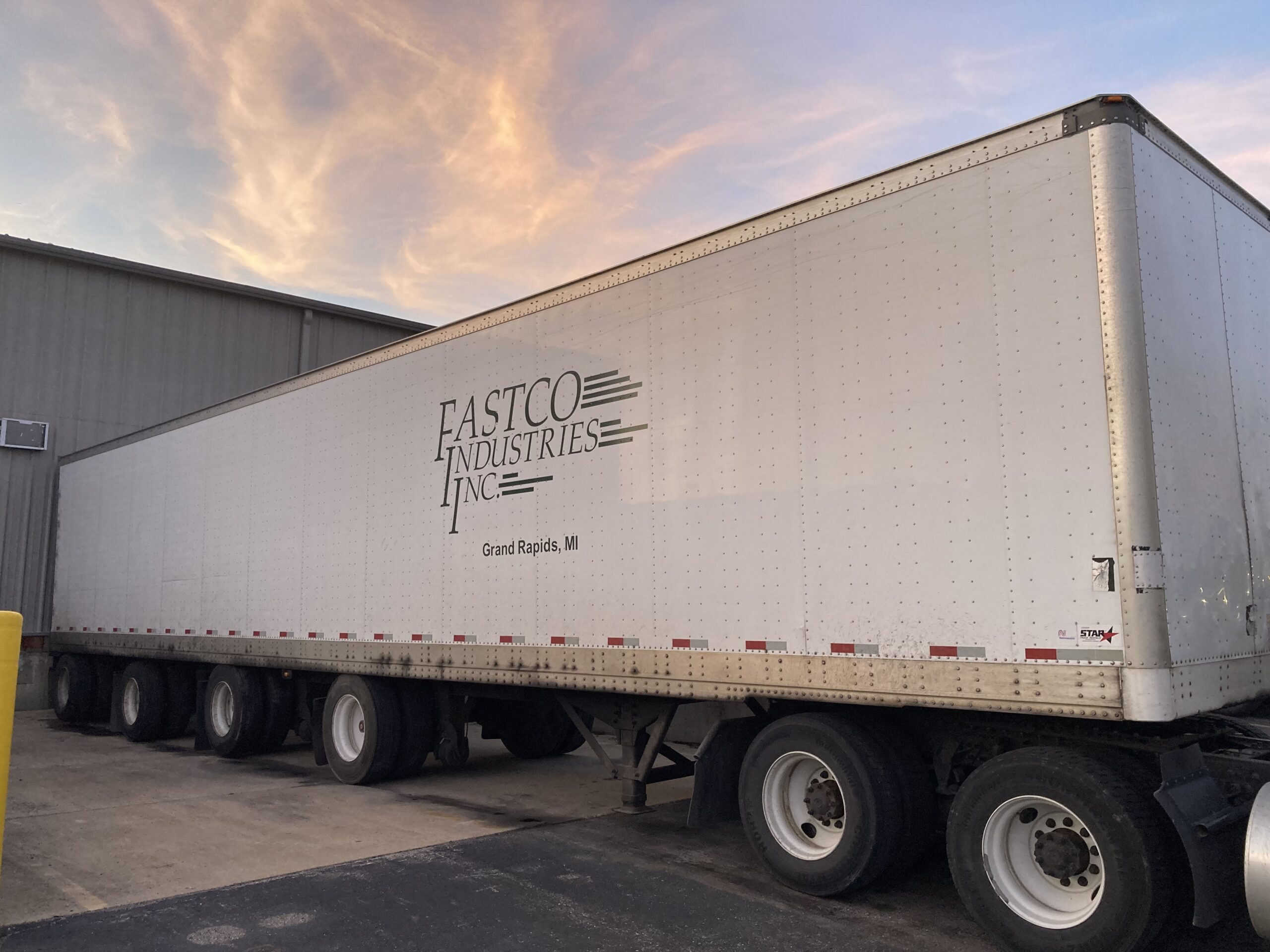Sales Growth in 2025
By Bethany Tap
The restructuring in late 2024 brought a lot of changes for the Sales team, including new team members, leadership, and a realignment of the customer service team under the inside sales umbrella. In 2025, we are looking forward to finalizing all the changes that began in 2024 and becoming a cohesive, high-functioning team.
This transition comes with its challenges. Many of us are learning new things and shifting responsibilities, giving things up in order to take other things on. Every role and individual on the team is going through a certain amount of flux right now, be it training on a brand new job, learning a new task, relinquishing parts of job, traveling more, or embracing additional leadership. Change is hard, so we ask for grace when things don’t go as smoothly as we’d sometimes like. Similarly, we hope that other areas that are going through changes will reach out to Sales if you need us to change or adjust anything on our end. I’ve been really impressed by the number of people who have reached out to me with new business ideas. While we can’t always pursue every idea, I appreciate the opportunity to get your feedback. It helps keep us thinking outside the box.
The thing that I, and many others, are most excited about for 2025 is the transition to an ESOP. Becoming an employee-owned company is going to take Fastco from a good company to a great one. I’m already seeing so much growth as a result of the information shared in our weekly huddles. Many people at Fastco are already acting like owners of their processes and area of influence.
Sales have been down across the globe in 2024, but particularly in the automotive industry. As a whole, Fastco has done the best we can with a difficult situation of slumping sales. The Sales team is ready to chase every opportunity we get in 2025, from low-volume runs to large packages. We are starting this year strong with over $500,000 in new business awards for January. We are investigating value-adding strategies like kitting and we are constantly re-assessing our pricing to get as competitive as possible. Our account managers in Outside Sales, Andy and Milo, are getting on the road more and more. We are updating our website in Q1 and looking into expanding our advertising campaigns. We are hoping to add a third outside sales person toward the end of the year in order to continue to bring in more work. There are many improvements to be made and we are committed to making them happen.


